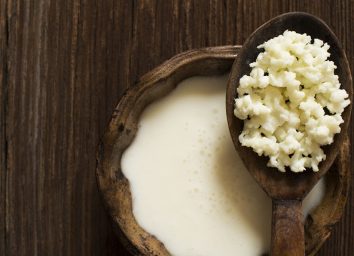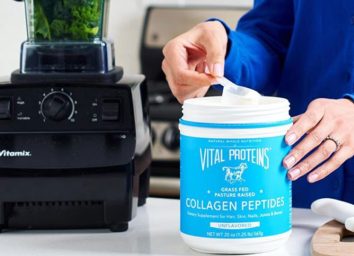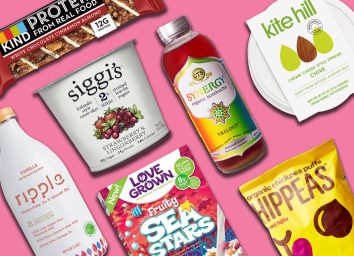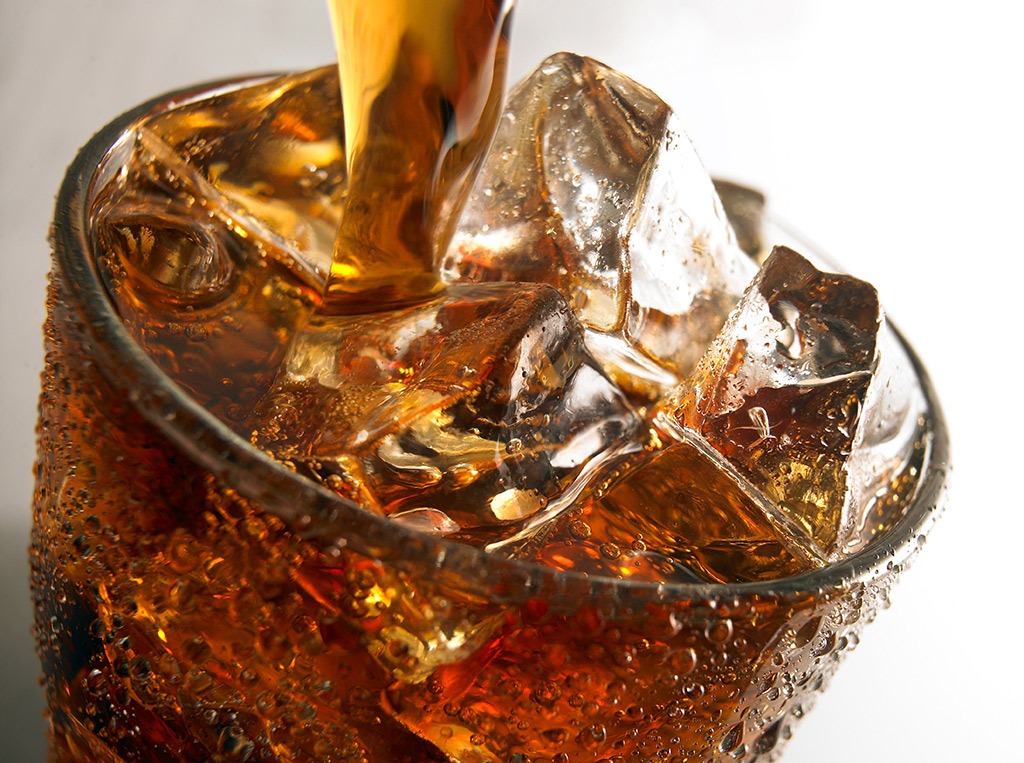
That's the sound I hear every day at 2pm, when I stop by the corner deli to buy my afternoon snack. It's the sound of a dozen Cokes opening—and a dozen waistlines expanding.
America's most problematic beverage is also one of its most brilliant—at least in terms of it being a feat of careful chemical engineering. As Malcolm Gladwell once famously observed, Coke and Pepsi seamlessly blend the major flavor groups to create a perfectly balanced beverage of which our palates will never tire. The abundance of sweetness is kept in check with sour flavors from the citric acid, spicy notes from the secret "natural flavoring," and just a touch of salt. So that's why we drink it so much!
But what, exactly, are we drinking? And how, exactly, does it make us fat? The research team at Eat This, Not That! took a 12 fl. oz. can of cola into our food lab to determine exactly what's inside. Read on to see the percentage-by-percentage breakdown—and then learn more astonishing truths about the food industry in our special report: 24 Ways the Food Industry Is Making You Fat—Exposed!
<1% Caffeine
When downing a soda, you think you're getting an energy boost from the high amount of caffeine, but in reality, a can of Coke has only 29 mg of everyone's favorite legalized narcotic. To put that in perspective, a grande Starbucks Caffe Mocha has 175 mg, a medium Dunkin' Donuts Black Coffee has 164 mg and a shot of 5-Hour Energy has 135 mg—with Red Bull coming in at 80 mg.
The main reason we feel high after having a cola is because the caffeine is paired with sugar—and the main reason we feel bad later is because both combine to make you gain weight. A sudden infusion of glucose can cause your blood sugar and insulin levels to skyrocket, signaling your body to stop incinerating fat. And a famous New Zealand study revealed that caffeine combined with sugar may be enough to temporarily inhibit your body's ability to burn lard!
Drink This, Not That! tip: For all the buzz without the chub, drink tea! Barberry, rooibos, pu-erh and white tea are proven fat-blasters, and we've included them in our best-selling diet plan (on which test panelists lost an amazing 10 pounds in one week): Join the The 7-Day Flat-Belly Tea Cleanse today!
<1% Natural Flavoring
…such as vanilla, cinnamon, nutmeg, lime, coca extract, kola nut extract
This could be any of the ingredients we just listed—or none of them. The soda companies keep their exact formulas secret, and the FDA makes no serious effort to control the use of the word "natural" on nutrition labels. Case in point: 7UP boasts that it's made with "100% Natural Flavors" when, in fact, the soda is sweetened with a decidedly un-natural dose of high fructose corn syrup.
<1% Caramel Color (0.2% – 0.4%)
This additive wouldn't be dangerous if you made it the old-fashioned way—with water and sugar, on top of a stove. But the food industry follows a different recipe: They treat sugar with ammonia, which can produce some nasty carcinogens. How carcinogenic are these compounds? A Center for Science in the Public Interest report asserted that the high levels of caramel color found in soda account for roughly 15,000 cancers in the U.S. annually. No wonder it's one of these 8 Ingredients You Never Want to See on Your Nutrition Label!
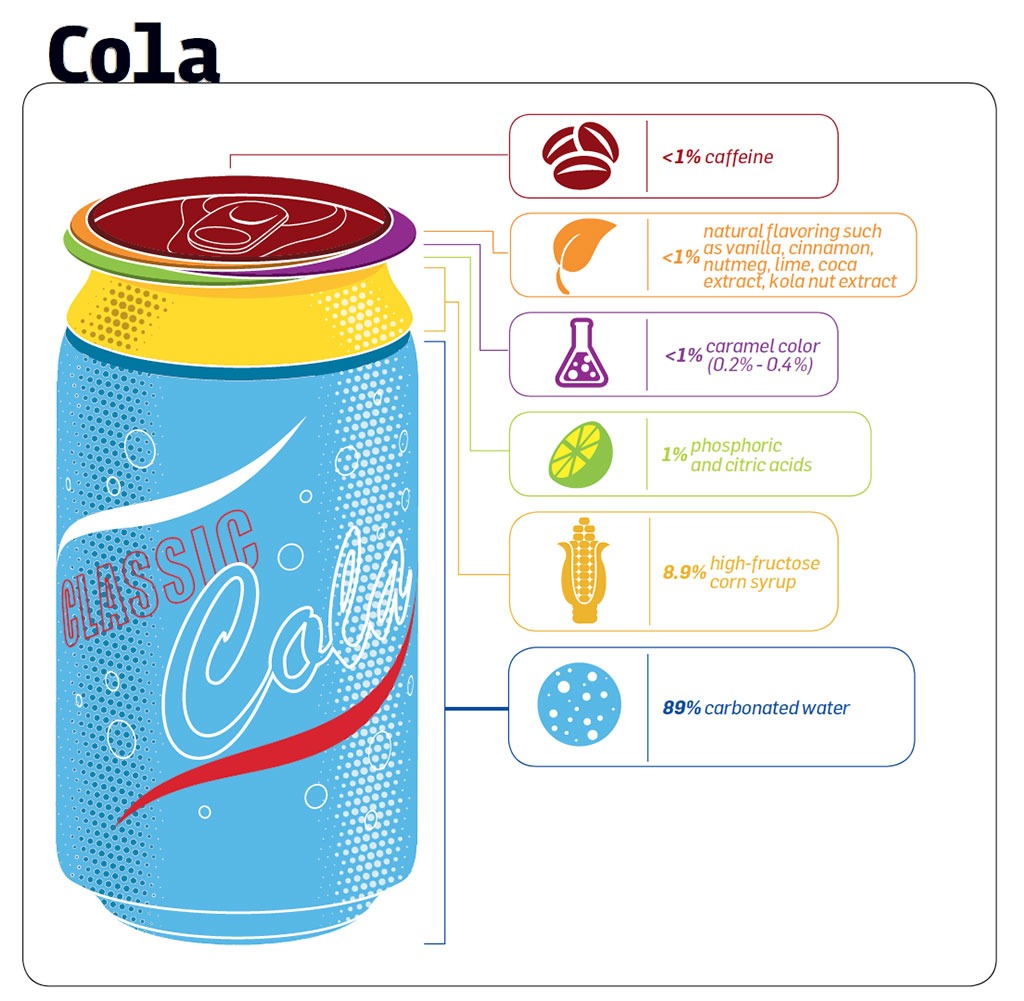
1% Phosphoric and Citric Acids
Added to provide a sour flavor to balance the sugar's sweetness, citric acid naturally comes from delicious fruits, like lemons or limes. But in fact, in many colas, it's probably derived from corn. Meanwhile, the phosphoric acid prevents spoilage, and adds a sharp flavor—but has been shown in studies to erode your teeth, if you drink it every day.
8.9% High-fructose Corn Syrup
By now, unless you're hiding under a pile of Pop-Tarts, you know HFCS is greatly responsible for America's obesity epidemic. What you may not know is the ingeniously insane process by which it's made.
First, processors must ship the corn to a facility that can crush it into a slurry of fiber, protein, and starch. A soaking process helps separate out the starch and the rest is stuffed into a centrifuge, a motorized, rotating piece of machinery (a perfect symbol of the unflagging ingenuity of the industrial food complex) to spin out the germ. That starch is blended with enzymes that convert it into dextrose, and then blended again with more enzymes to convert it into fructose. Finally, the glucose and fructose are stirred together to create a substance that has a flavor similar to table sugar.
Glug glug glug. Ahhh?
And that's not the scariest Frankenfood out there: Click here to discover the 5 Additives Even Worse Than High-Fructose Corn Syrup!
Drink This, Not That! tip: Make no mistake: sugar is sugar. Coke and Pepsi have recently released versions of their popular beverages extolling the replacement of high-fructose corn syrup with regular cane sugar (like Coca-Cola Life). Problem is, there's no proof cane sugar is any better for you. Don't swallow the marketing.
89% Carbonated Water
Finally, an ingredient we can drink, guilt-free! If only it were 100% with a splash of grapefruit and touch of mint—one of our favorite homemade soda replacements.
Drink This, Not That! tip: If we haven't yet convinced you to abandon cola, this will—don't miss the 5 Amazing Things That Happen to Your Body When You Give Up Soda!
